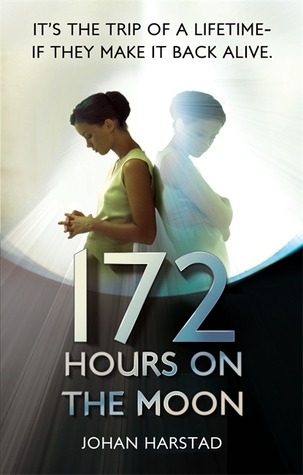 172 Hours on the Moon by Johan Harstad is a recently released YA book that was originally published in Norwegian in 2008. I enjoyed it quite a bit and I think it would make an excellent movie. Hopefully, someone in Hollywood notices it and makes it happen.
172 Hours on the Moon by Johan Harstad is a recently released YA book that was originally published in Norwegian in 2008. I enjoyed it quite a bit and I think it would make an excellent movie. Hopefully, someone in Hollywood notices it and makes it happen.
To summarise the book in one sentence: monsters and teenagers on the moon. I would probably call it SF horror, but I didn’t actually find it scary per se. It should have been, but I was more entertained by the question of “who will survive?”. I think it would make a scarier (and quite good) movie than it did book. But then, it’s a translation, so maybe there was more suspense in the original Norwegian? Who knows.
EDIT: I forgot to say one thing about the translation which really jarred me out of the story. The translator translated into US English not only the words but also the units of measurement so that the non-USian teenagers were thinking in miles and feet and yards and wtf no. It really threw me out of the story. Especially since a Norwegian mile, a Mil, is actually defined as 10 kilometres. Even if the American astronauts had told them speeds and distances in miles, there’s no way the scared Norwegian girl having to cross a dark room would think in yards. Not to mention the astronauts are scientists and engineers and as such have to be able to cope with standard units anyway. I’m confident that if the metric system had been left in, no US teenagers’ brains would have fallen out. End rant.
The back story is that in the 70s, during the 5ish year window between Skylab (the US space station that in real life didn’t entirely work out as planned) falling into disuse and it reentering the atmosphere (to crash in Western Australia), it was used as a staging ground for NASA and the US Air Force to build a secret base on the moon. In terms of plausibility, I was happy to ignore the unlikelihood of NASA managing to actually keep this secret, never mind that the USSR would’ve noticed all the extra launches, if nothing else.
Now, in the run up to 2019, NASA has realised that it should go back to the moon before someone else beats them to it and discovers the secret moon base. Fair enough. Also they need funding so instead of just sending ordinary astronauts to do boring astronauty things, someone comes up with the brilliant media stunt of sending three teenagers with the astronauts. Instead of running some sort of reality TV show to choose them, NASA holds a world-wide lottery. World-wide. None of the three teenagers are American, which I found a bit baffling from a plausibility point of view. From a readability point of view, of course, it was brilliant to have a cultural change. Harstad also skipped over some of the checks and tests that the contestants would have had to go through — and later the training was fast forwarded past — which I found a bit annoying, but then that wasn’t the main point of the story, so it’s understandable.
The aspect I really enjoyed was that all the characters had proper back stories and different motivations for going. Mia, the Norwegian girl, was in a band and had no interest in the moon but her parents signed her up anyway. Antoine, the French boy, was mostly concerned with getting away from his ex-girlfriend and Midori, the Japanese girl, didn’t want to spend her life stuck in Japan. Several of the adults and secondary characters also had proper back stories. It was nice to see more complex motivations than are necessarily common in these sorts of stories.
In terms of the science — because I can’t review a SF novel without some mention of its science — it was mostly accurate or close enough. Harstad skimmed past many things (like zero-gee nausea which none of them miraculously suffered from, something statistically quite unlikely when you’re randomly picking people out with a lottery) which worked generally because if he was slightly wrong about something, he was never specific enough to be completely and utterly wrong. There were a few odd bits involving low or zero atmosphere, but nothing specific worth complaining about. What was really strange was that somehow, in the 70s, NASA managed to not only build a base on the moon, but to somehow imbue it with artificial gravity which they also kept secret from the world. Then they just casually announced it on live TV and there was no outcry of bafflement from the world’s scientists. Or from NASA’s own scientists who had also been kept in the dark (the whole moon base thing was classified of course) until the lead up to the launch. What. The. Frack? Of course this is nothing compared with the scientific train-wreck that was Beth Revis’s Across the Universe, but artificial gravity on the surface of the moon is enough of a big deal that not addressing it was jarring and that including it at all was completely unnecessary. In the story it’s included to supposedly mitigate the effects of prolonged stays in low gravity, but really? No. The saving grace was that it wasn’t dwelt on or in anyway important to the plot, so I could easily ignore those few lines.
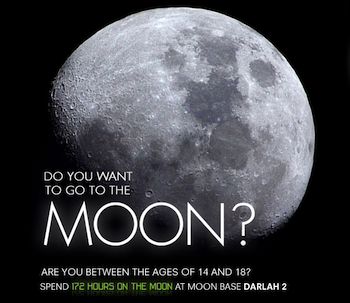 So. Despite the rather lengthy critical discussions above, I quite enjoyed 172 Hours on the Moon. I read it in two sittings and would recommend it to SF fans, especially those who don’t mind a bit of non-scientific horror in the fiction (talking about the mysterious evil now, not the actual science). The production values of the physical book were also nice. There were illustrative images interspersed throughout the novel including things like maps of the base, NASA photos of the moon, and the promotional lottery poster (see right).
So. Despite the rather lengthy critical discussions above, I quite enjoyed 172 Hours on the Moon. I read it in two sittings and would recommend it to SF fans, especially those who don’t mind a bit of non-scientific horror in the fiction (talking about the mysterious evil now, not the actual science). The production values of the physical book were also nice. There were illustrative images interspersed throughout the novel including things like maps of the base, NASA photos of the moon, and the promotional lottery poster (see right).
4 / 5 stars
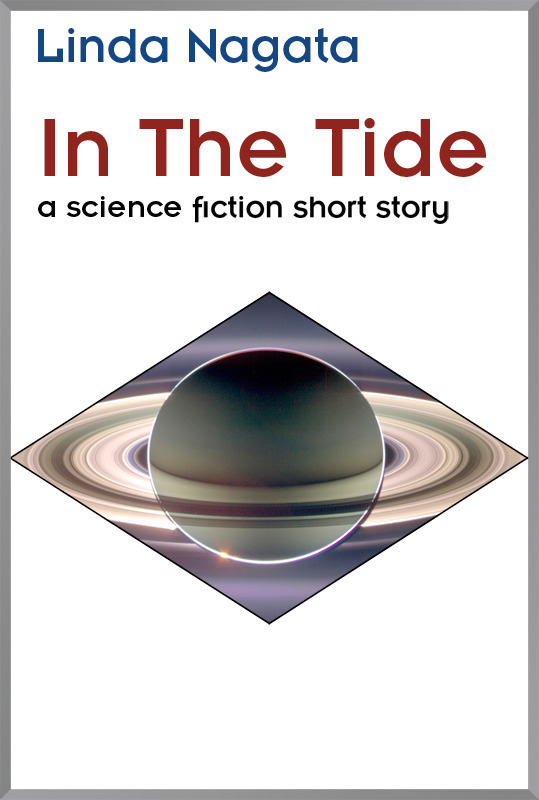
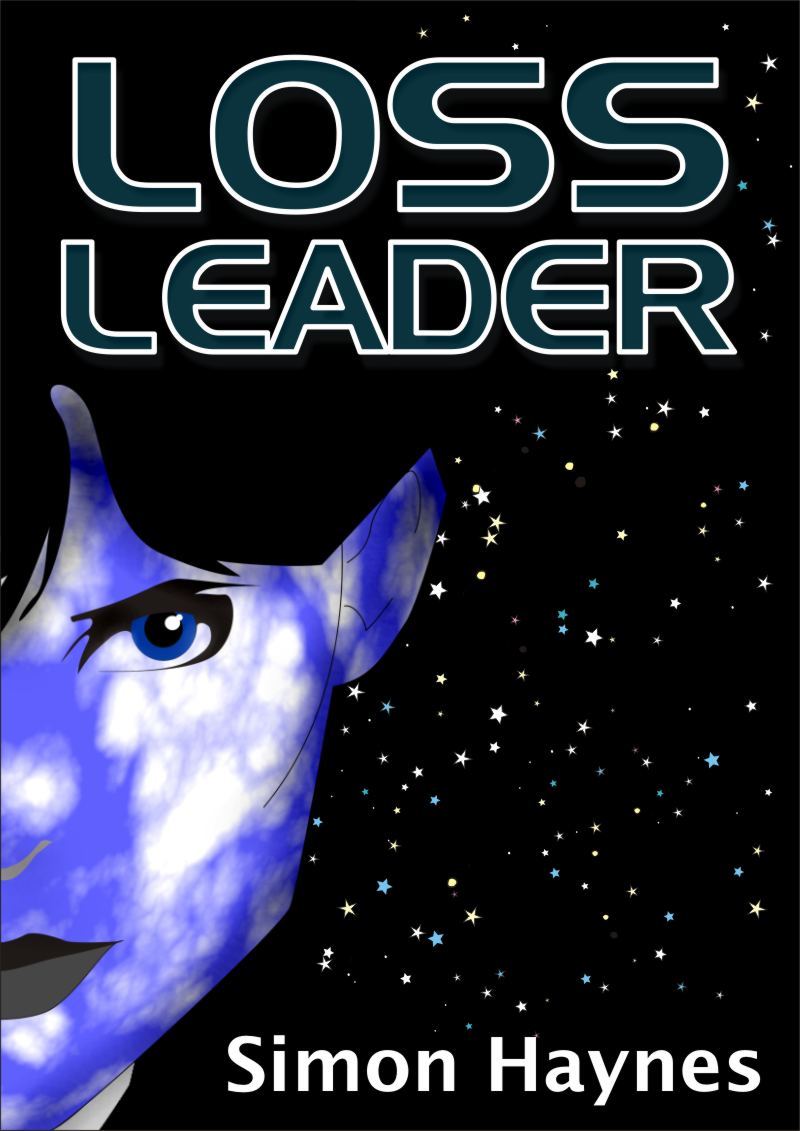
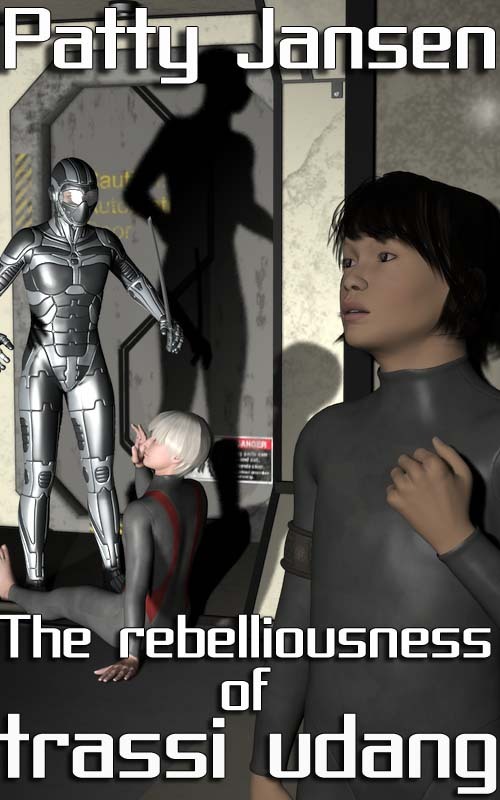
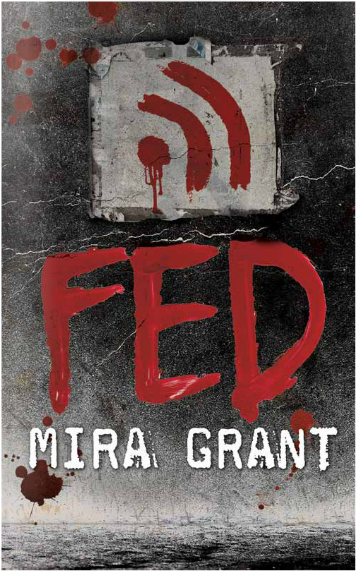

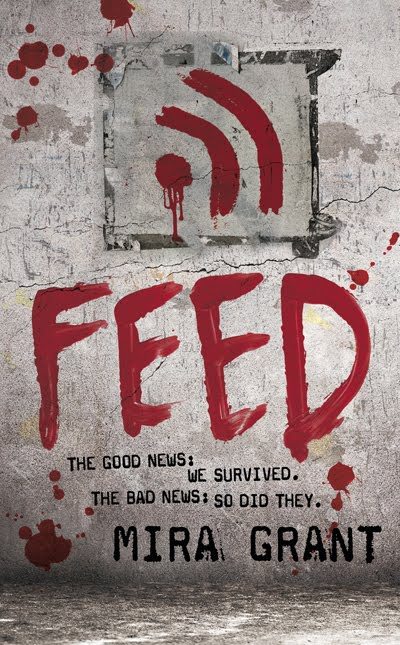 Feed by Mira Grant is a novel I picked up earlier this year and left lying around on my ereaders while I was distracted by other things. Now that I’ve read it, I wish I didn’t have to read two more books before buying the sequel.
Feed by Mira Grant is a novel I picked up earlier this year and left lying around on my ereaders while I was distracted by other things. Now that I’ve read it, I wish I didn’t have to read two more books before buying the sequel.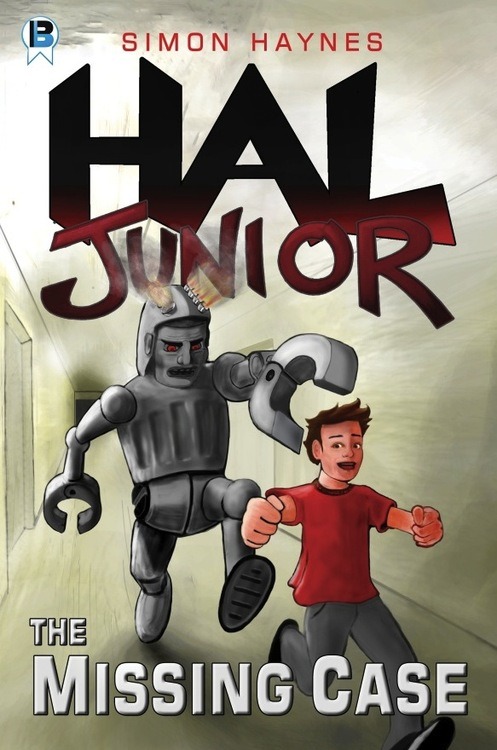 Hal Junior: The Missing Case by Simon Haynes is the second of his Hal Junior books, although they stand alone and reading order isn’t important. The Hal Junior series is itself a spin-off of Haynes Hal Spacejock novels for adults.
Hal Junior: The Missing Case by Simon Haynes is the second of his Hal Junior books, although they stand alone and reading order isn’t important. The Hal Junior series is itself a spin-off of Haynes Hal Spacejock novels for adults.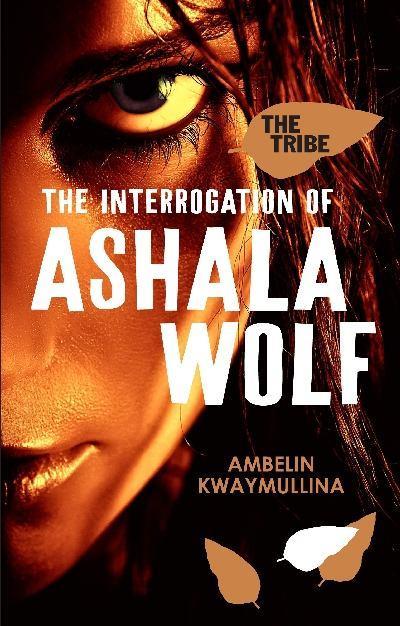 The Interrogation of Ashayla Wolf by Ambelin Kwaymullina is a fascinating novel. Seeing it marketed as YA fantasy, I was expecting something a little more standard fare but I’m glad that’s not what I got.
The Interrogation of Ashayla Wolf by Ambelin Kwaymullina is a fascinating novel. Seeing it marketed as YA fantasy, I was expecting something a little more standard fare but I’m glad that’s not what I got.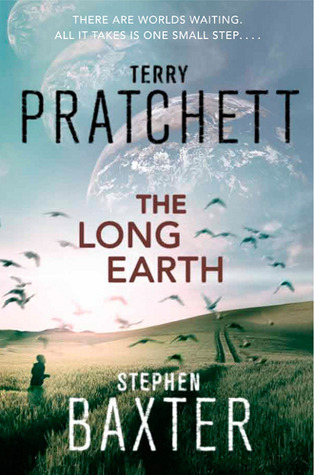 The Long Earth is a collaboration between Terry Pratchett and Stephen Baxter. I didn’t expect to enjoy it as much as I did. My favourite Pratchett books are hands down some of the Discworld novels. My experience with an armful of Baxter books is that he tends to over write this science and tends to reuse similar characters. So I wasn’t sure what to expect. Mainly I was hoping for Pratchetty characters and an interesting story.
The Long Earth is a collaboration between Terry Pratchett and Stephen Baxter. I didn’t expect to enjoy it as much as I did. My favourite Pratchett books are hands down some of the Discworld novels. My experience with an armful of Baxter books is that he tends to over write this science and tends to reuse similar characters. So I wasn’t sure what to expect. Mainly I was hoping for Pratchetty characters and an interesting story.

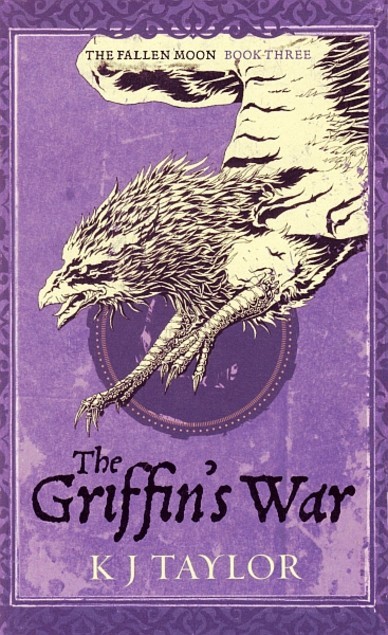
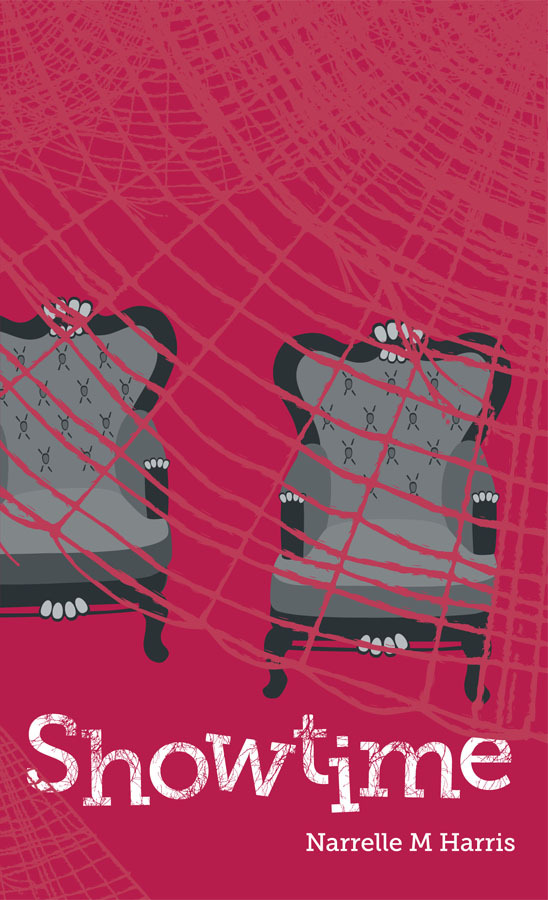
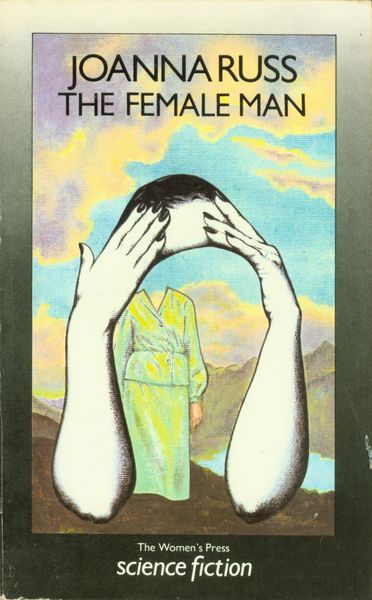
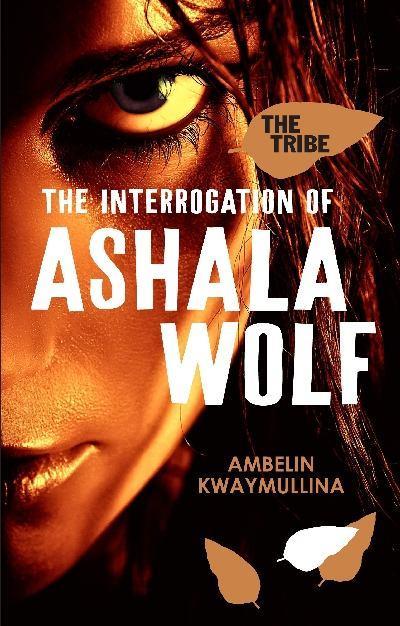
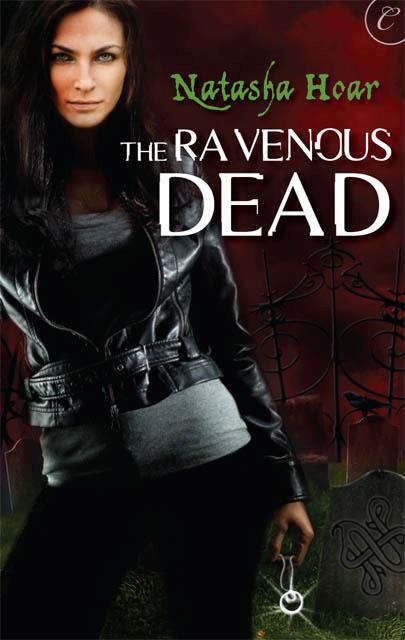

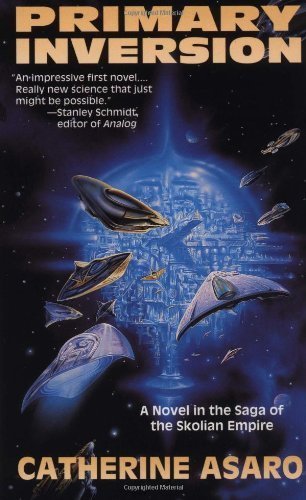 ~
~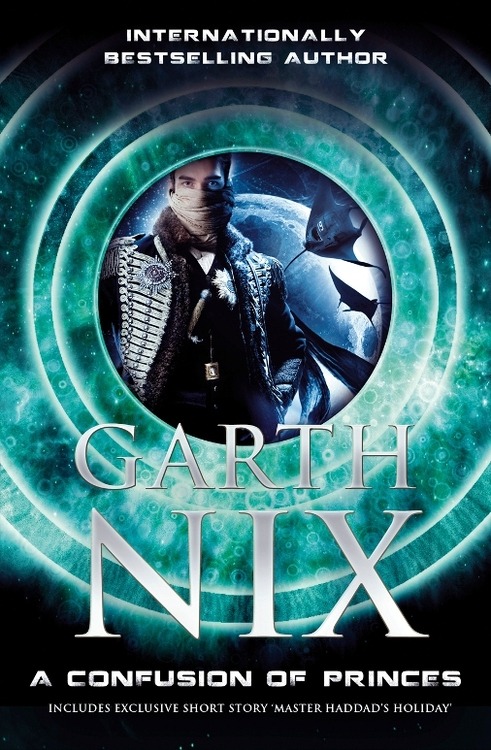 A Confusion of Princes is the first book by Garth Nix that I’ve read, despite his being an Australian author of some note. After reading it, his other books have moved up on my mental TBR list.
A Confusion of Princes is the first book by Garth Nix that I’ve read, despite his being an Australian author of some note. After reading it, his other books have moved up on my mental TBR list.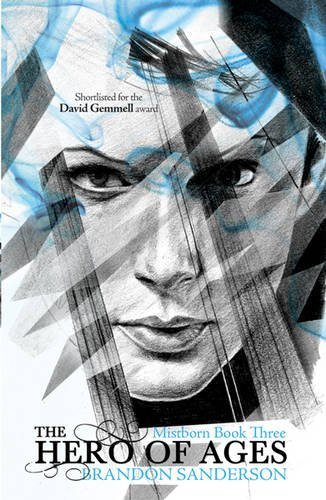 The Hero of Ages by Brandon Sanderson is the conclusion to the somewhat epic Mistborn trilogy. You can read my reviews of the first two books
The Hero of Ages by Brandon Sanderson is the conclusion to the somewhat epic Mistborn trilogy. You can read my reviews of the first two books 
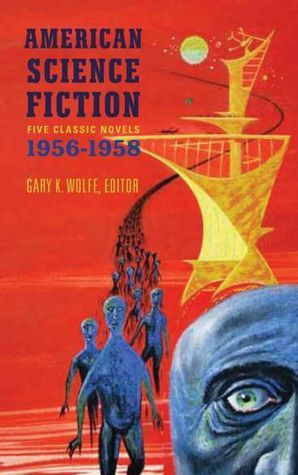
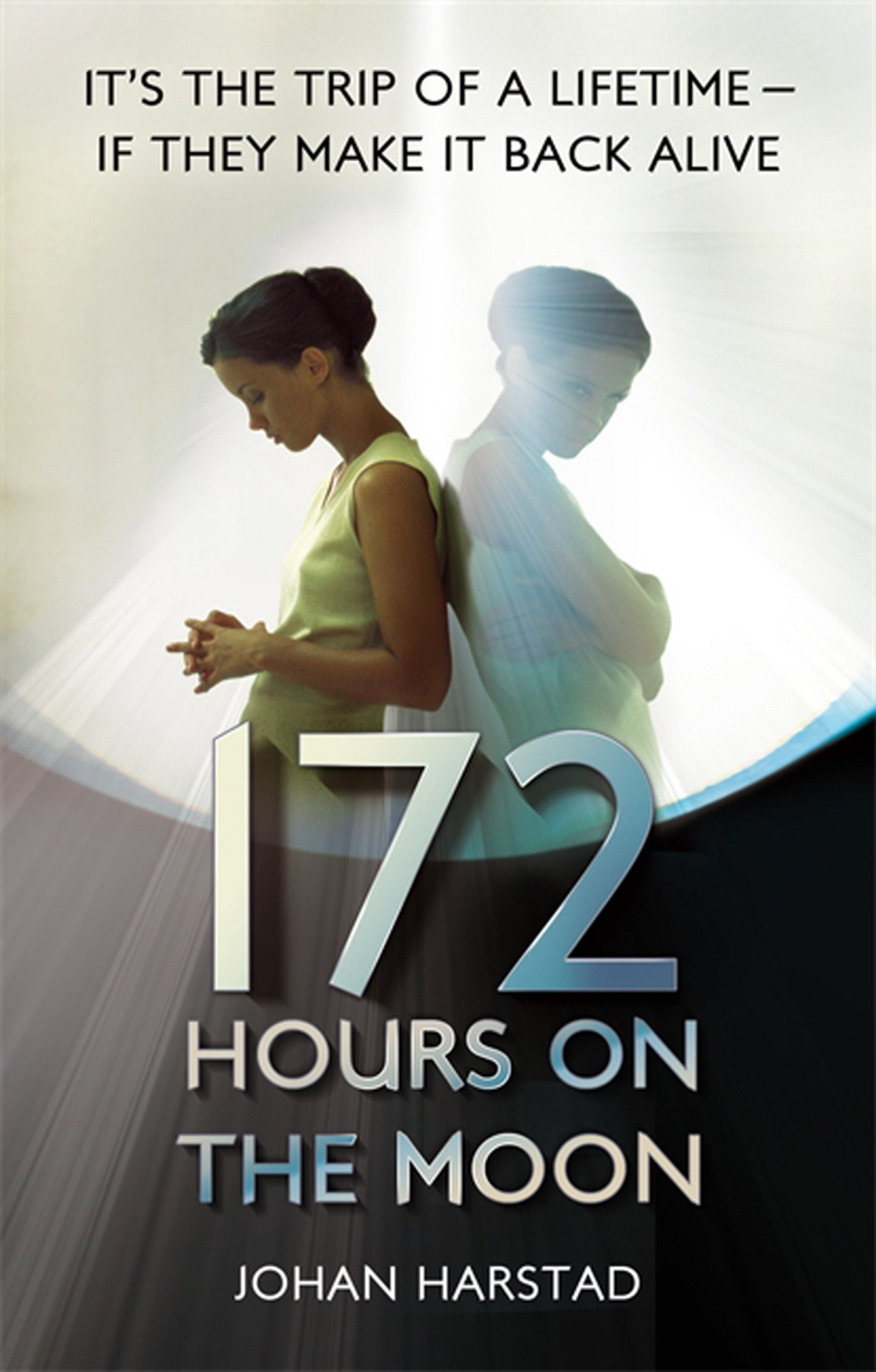
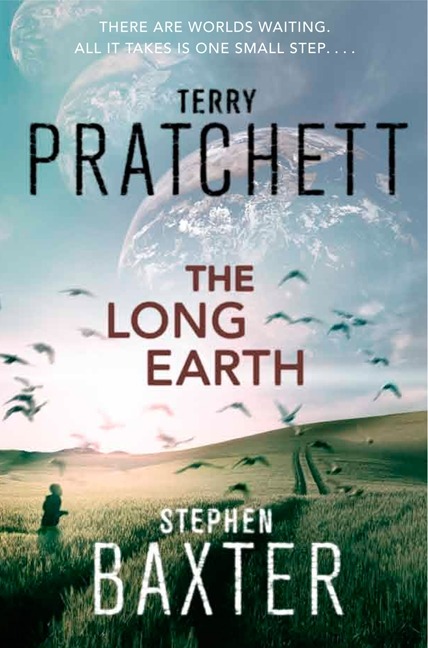
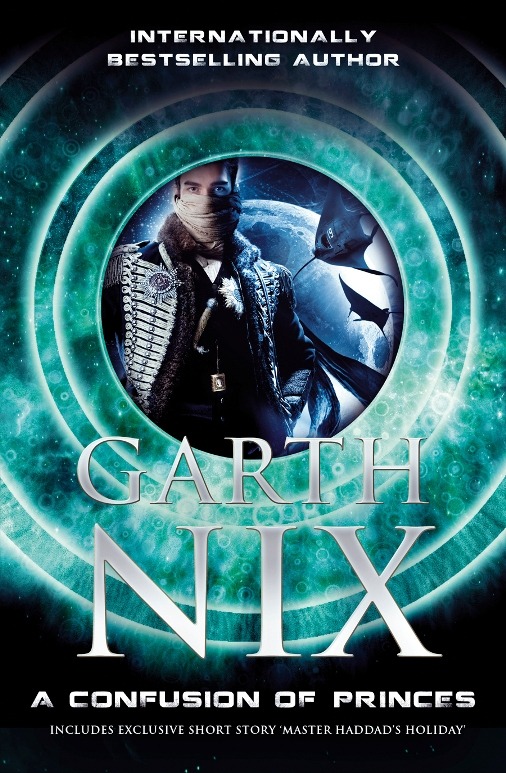
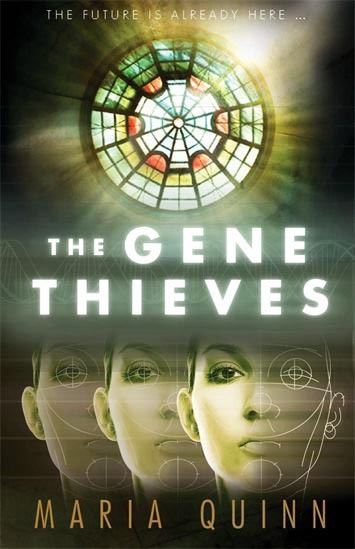
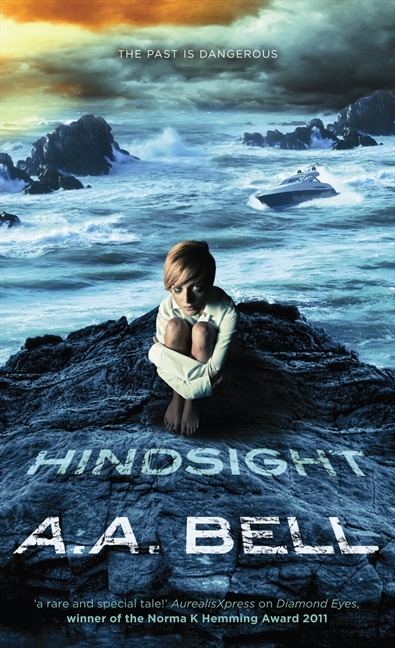
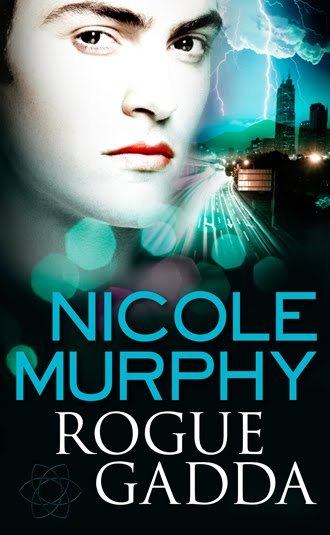
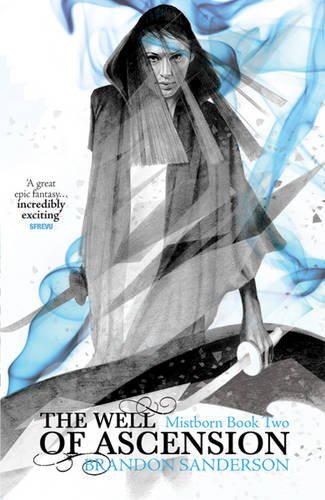 The Well of Ascension is the second instalment of Brandon Sanderson’s Mistborn trilogy. You can read my review of the first book
The Well of Ascension is the second instalment of Brandon Sanderson’s Mistborn trilogy. You can read my review of the first book 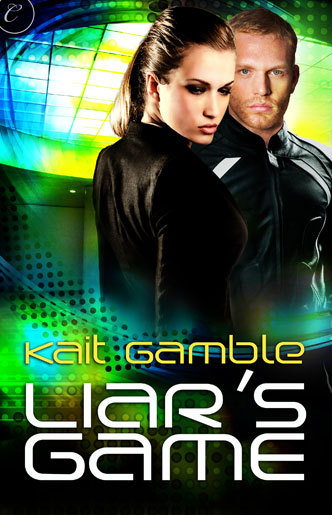 Liar’s Game by Kait Gamble is a new novella out from Carina Press on July 2nd. A copy was provided to be from the publisher via Netgalley. The official blurb summarises quite well, so I thought I’d start by including that.
Liar’s Game by Kait Gamble is a new novella out from Carina Press on July 2nd. A copy was provided to be from the publisher via Netgalley. The official blurb summarises quite well, so I thought I’d start by including that. 172 Hours on the Moon by Johan Harstad is a recently released YA book that was originally published in Norwegian in 2008. I enjoyed it quite a bit and I think it would make an excellent movie. Hopefully, someone in Hollywood notices it and makes it happen.
172 Hours on the Moon by Johan Harstad is a recently released YA book that was originally published in Norwegian in 2008. I enjoyed it quite a bit and I think it would make an excellent movie. Hopefully, someone in Hollywood notices it and makes it happen. So. Despite the rather lengthy critical discussions above, I quite enjoyed 172 Hours on the Moon. I read it in two sittings and would recommend it to SF fans, especially those who don’t mind a bit of non-scientific horror in the fiction (talking about the mysterious evil now, not the actual science). The production values of the physical book were also nice. There were illustrative images interspersed throughout the novel including things like maps of the base, NASA photos of the moon, and the promotional lottery poster (see right).
So. Despite the rather lengthy critical discussions above, I quite enjoyed 172 Hours on the Moon. I read it in two sittings and would recommend it to SF fans, especially those who don’t mind a bit of non-scientific horror in the fiction (talking about the mysterious evil now, not the actual science). The production values of the physical book were also nice. There were illustrative images interspersed throughout the novel including things like maps of the base, NASA photos of the moon, and the promotional lottery poster (see right).